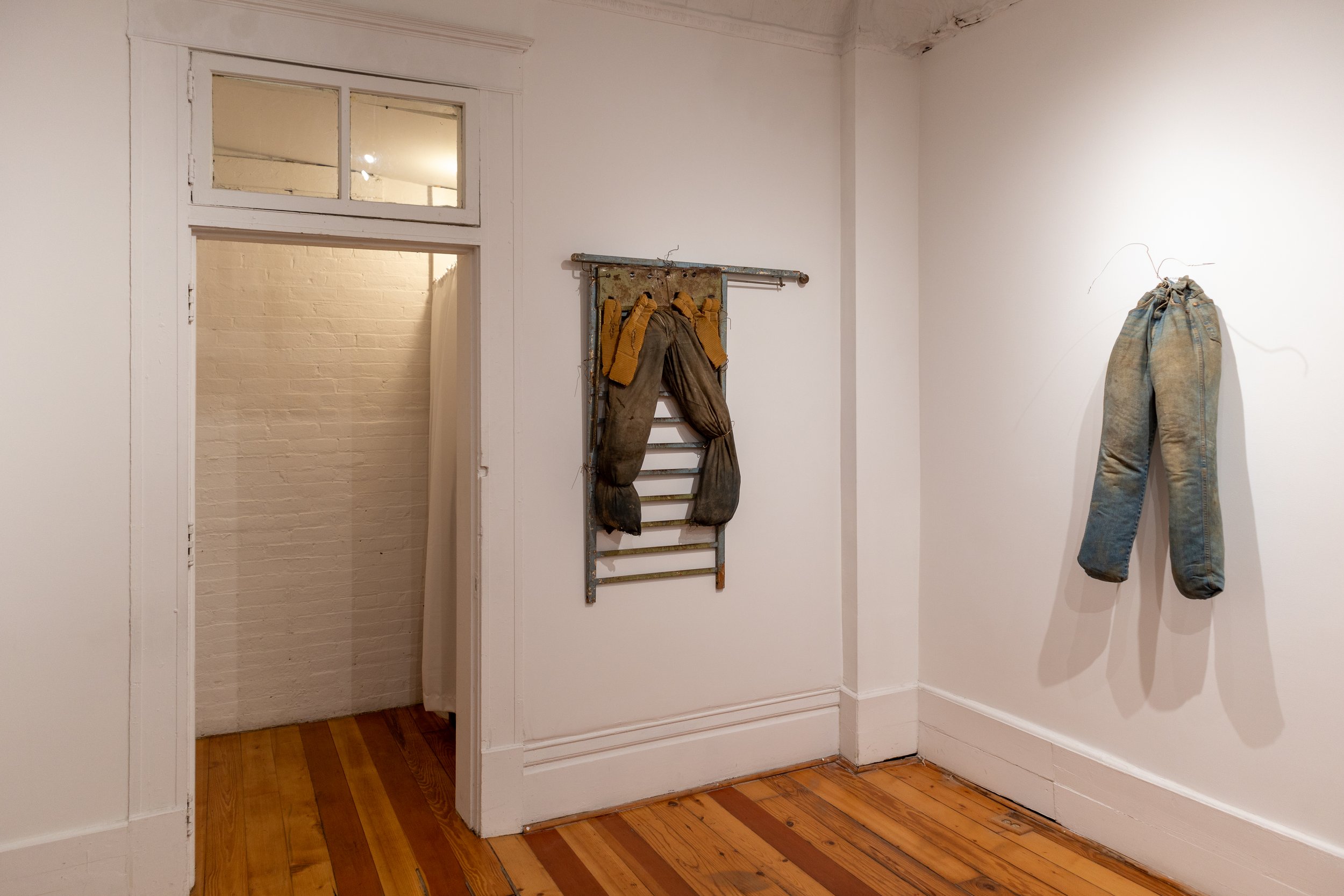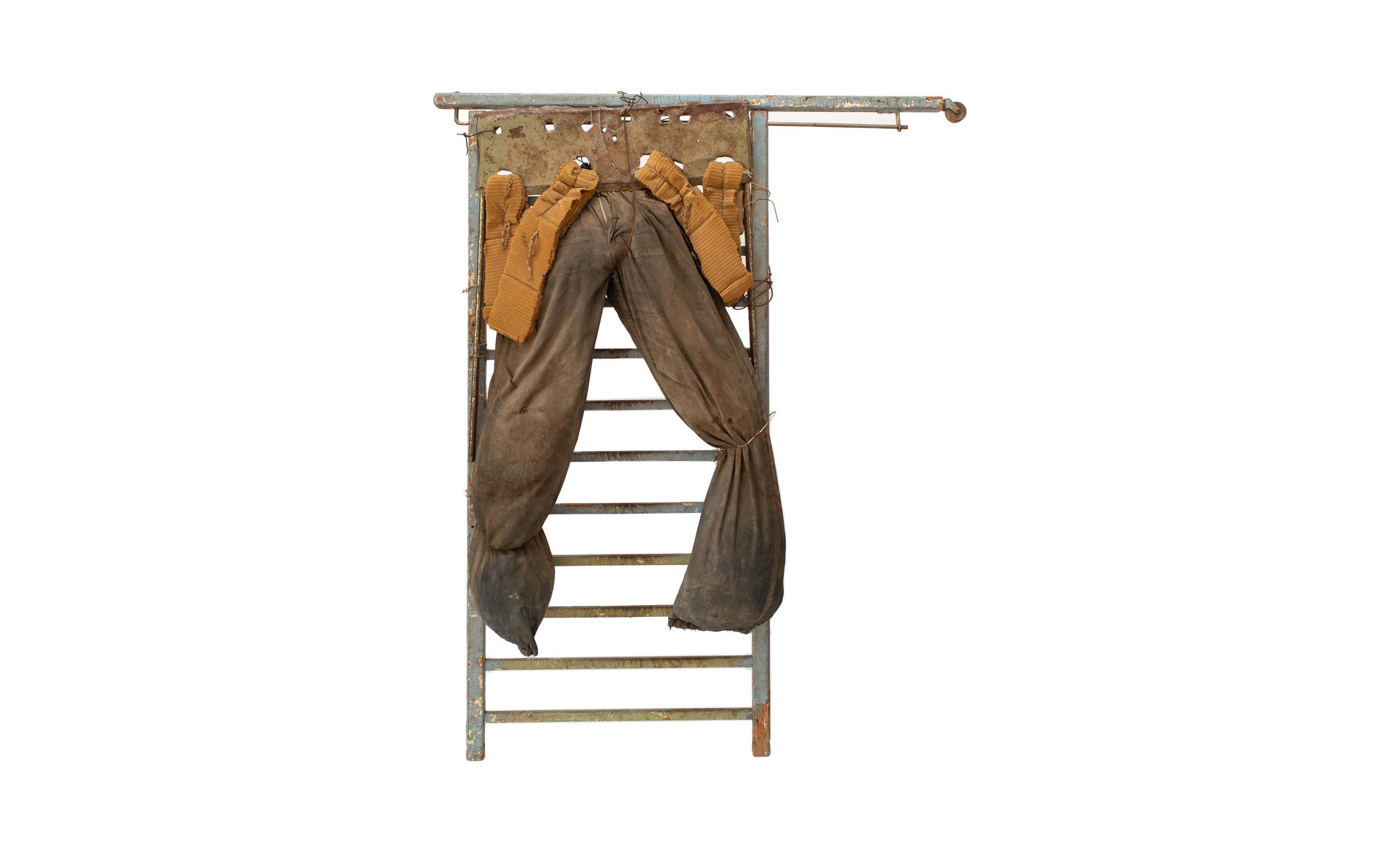
Exhibitions: Hawkins Bolden
Hawkins Bolden
Seated
January 12 - March 26, 2022

Hawkins Bolden, Untitled, 1980s, jeans, leaves, straw, grass, metal wire, baby bed frame, foam, twine, 55 x 42.5 x 6 inches.
Hawkins Bolden
Seated
January 12 - March 26, 2022
Hawkins Bolden (American, 1914–2005)
In the Smithsonian American Art Museum sits—quite literally—a work by Hawkins Bolden, made from straw-stuffed denim pants reclined in a wooden chair, bound with wire and crowned by a metal wash basin drilled full of holes. The resulting figure has no torso or arms, its form articulated solely by the stuffed lower body of a scarecrow, a composition that is completed by the very things that it is missing. Such a work speaks not only to the experience of the artist, but to a long lineage of craft and the collective desire for expression and freedom.
The sculpture originally sat in Bolden’s yard in Bailey’s Bottom, Memphis, watching over the house he shared with his sister, Elizabeth, for nearly 75 years. Born in 1914 to a family of African, Creole, and Native American heritage in Memphis, Tennessee, Bolden was closest to his twin brother, Monroe, with whom he shared a love of handmade radios and baseball. Though Bolden lost his sight at a young age, he continued to work with his hands, helping Monroe with electrical work and beginning to experiment with found materials. This was the beginning of a practice that would span nearly four decades and yield a complex body of work.
Bolden’s sculptures were created entirely out of found objects, often sourced from the streets of his neighborhood. Folded shoe soles, drilled and modified metal, wooden scraps, and strips of textile are common elements of the works that are bound together with wire and metal chains. Over the course of Bolden’s career, he experimented with multiple forms, constructing assemblages on wooden posts, two-legged structures, and shield-like tableaux. One of his signature artistic gestures was the creation of scarecrows made from stuffed pairs of work pants––a genus of anthropomorphic sculptures linked by their figurative representations of the lower body.
From sight-oriented metal forms covered in eyes to the Christian imagery of wooden crosses, Bolden’s works map his experiences, an extension of all he knew, loved, and feared. The artist worked through some of the most turbulent decades of the Civil Rights Movement and lived a short distance from the Lorraine Motel where Martin Luther King Jr. was assassinated in 1968. This reality, paired with the uncanny naturalism of the works presented here, suggest that perhaps Bolden sought to consider violent events through his distilled forms. While some of the seemingly severed lower extremities are propped by frames and beams, the majority hang limply, unposed. The scarecrow motif evokes paradoxical themes of death and resurrection, conjuring an air of disquietude.
The works on view are further defined by the use of recycled clothing, referencing a long tradition of transforming old jeans, overalls, scraps, and rags into functional works of art. Not unlike the quiltmakers of Gee’s Bend, Bolden altered old work pants to complete his artworks. Many of the garments likely came from the artist’s own wardrobe, worn out after years spent drilling, stuffing, and assembling in his garden. These resulting works unnerve and compel with equal might, employing discarded objects and immediate imagery to reference a history of craft, culture, and self.
Hawkins Bolden’s work is in the collections of the American Folk Art Museum, New York, NY; the American Visionary Art Museum, Baltimore, MD; the de Young Museum, San Francisco, CA; The High Museum, Atlanta, GA; John Michael Kohler Arts Center Collection, Sheboygan, WI; The Museum of Everything, London, England; Ogden Museum of Southern Art, New Orleans, LA; the Philadelphia Museum of Art, Philadelphia, PA; The Souls Grown Deep Foundation, Atlanta, GA; and The Smithsonian Museum of Art, Washington D.C.

Hawkins Bolden, Untitled, 1980s, jeans, metal wire, metal shelf, leaves, straw, grass, 47 x 24.5 x 7.5 inches.
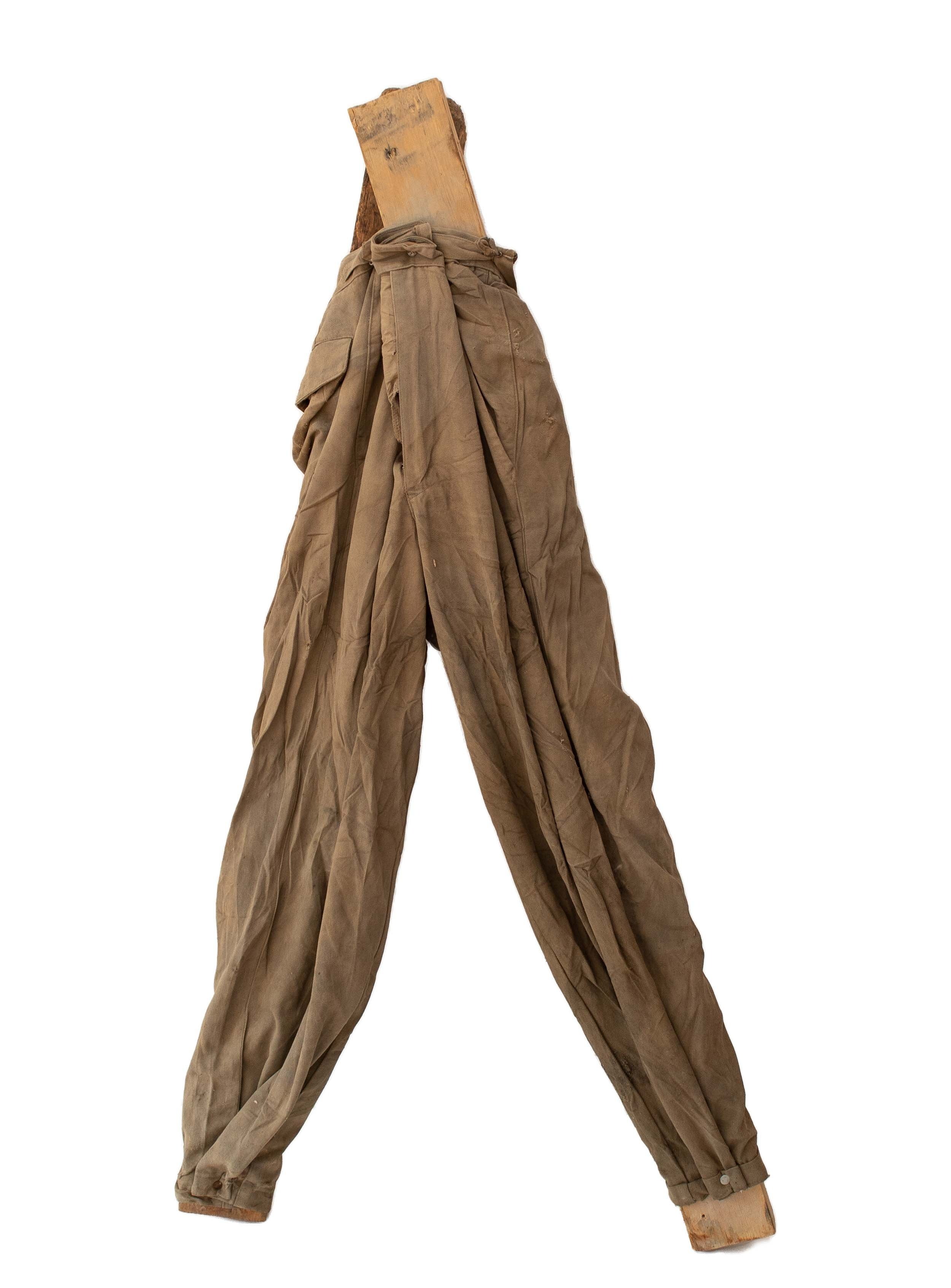
Hawkins Bolden, Untitled, 1980s, pants, wood, screw, 43 x 24 x 5 inches.

Hawkins Bolden, Untitled, 1980s, jeans, leaves, straw, grass, twine, coat hanger, 37 x 12 x 7 inches.
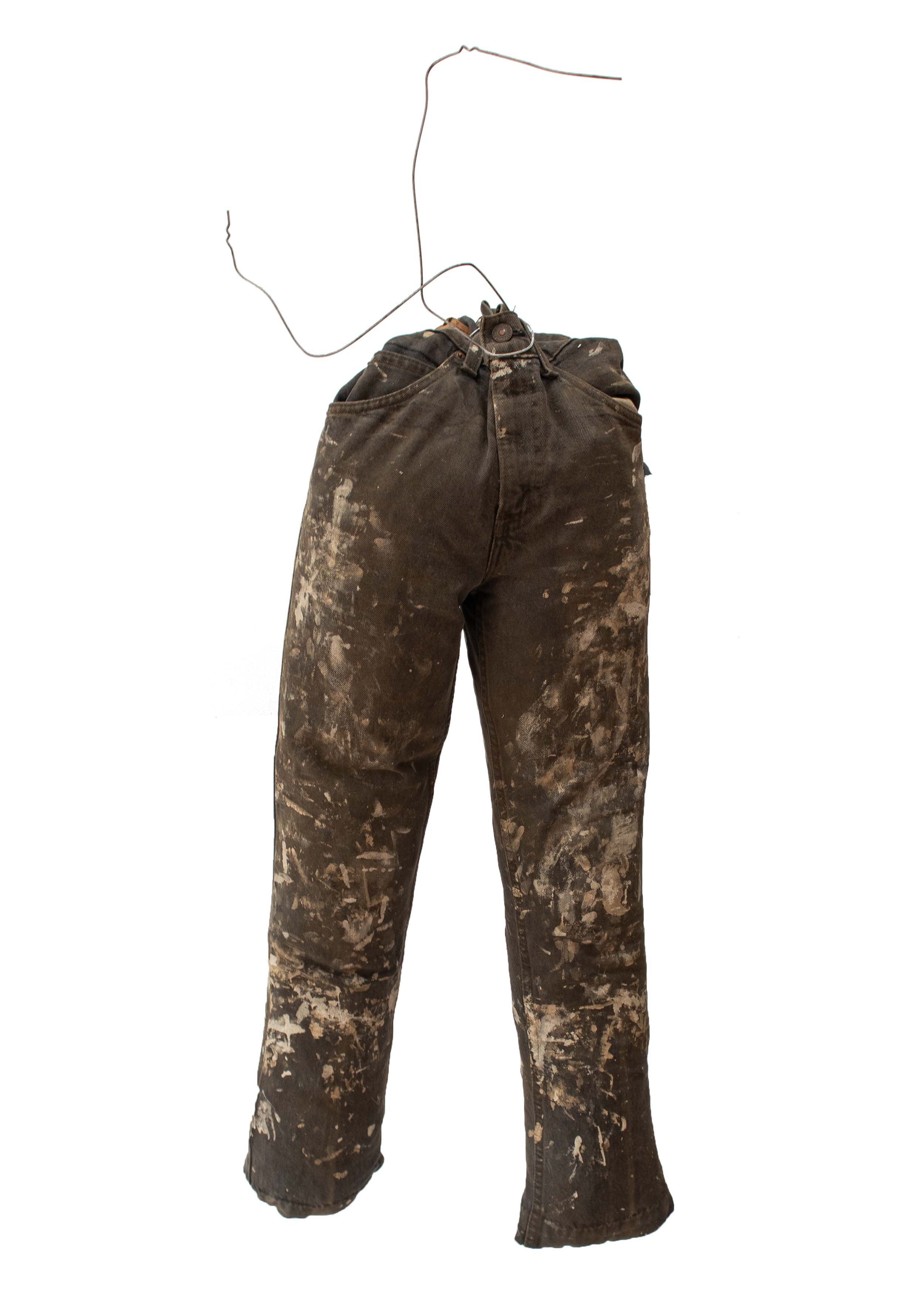
Hawkins Bolden, Untitled, 1980s, jeans, leaves, straw, grass, twine, coat hanger, 37 x 12 x 7 inches.

Hawkins Bolden, Untitled, 1980s, jeans, leaves, straw, grass, coat hanger, 38 x 13 x 6 inches.
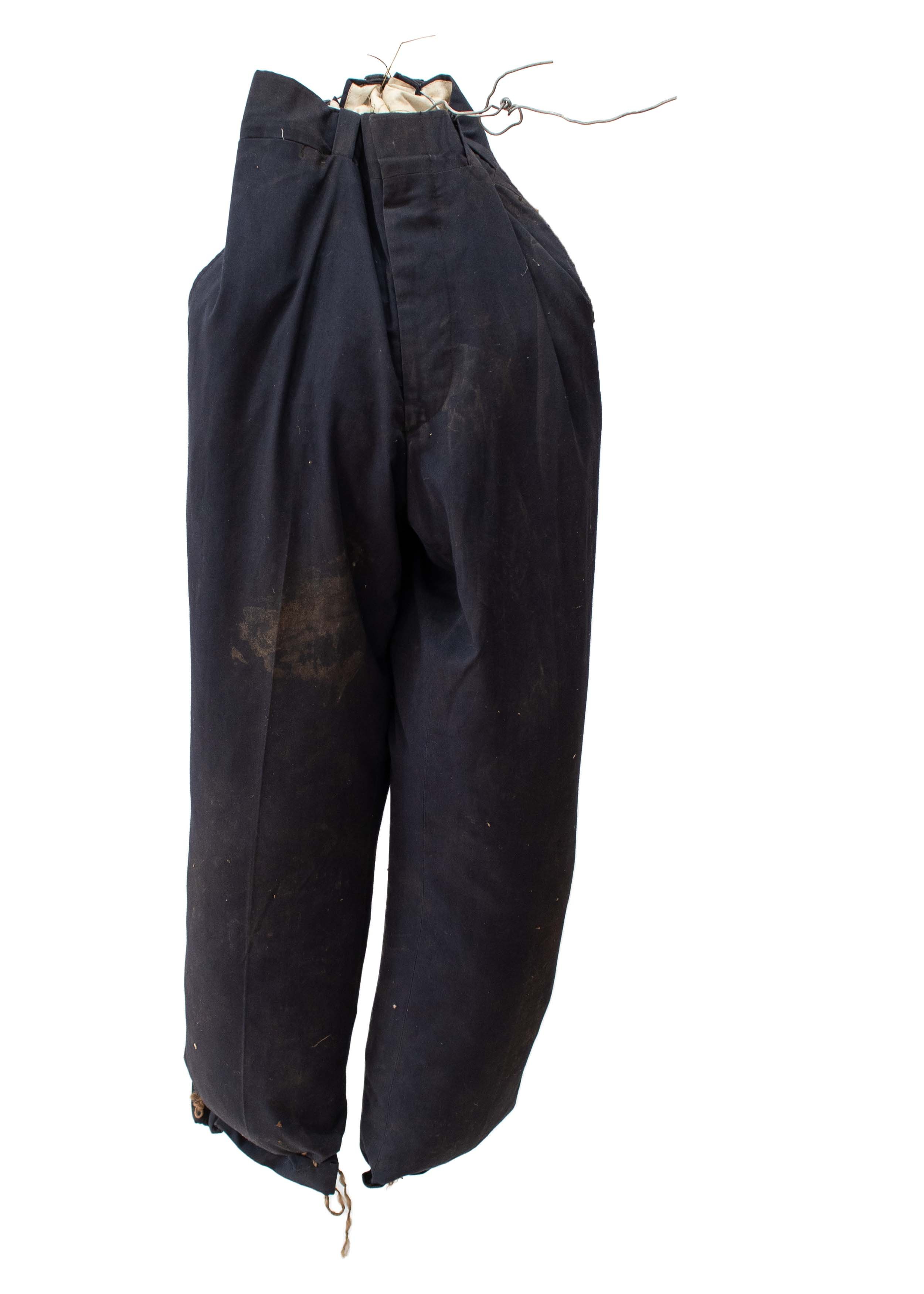
Hawkins Bolden, Untitled, 1980s, chinos, leaves, straw, grass, twine, coat hanger, 36 x 14 x 5 inches.
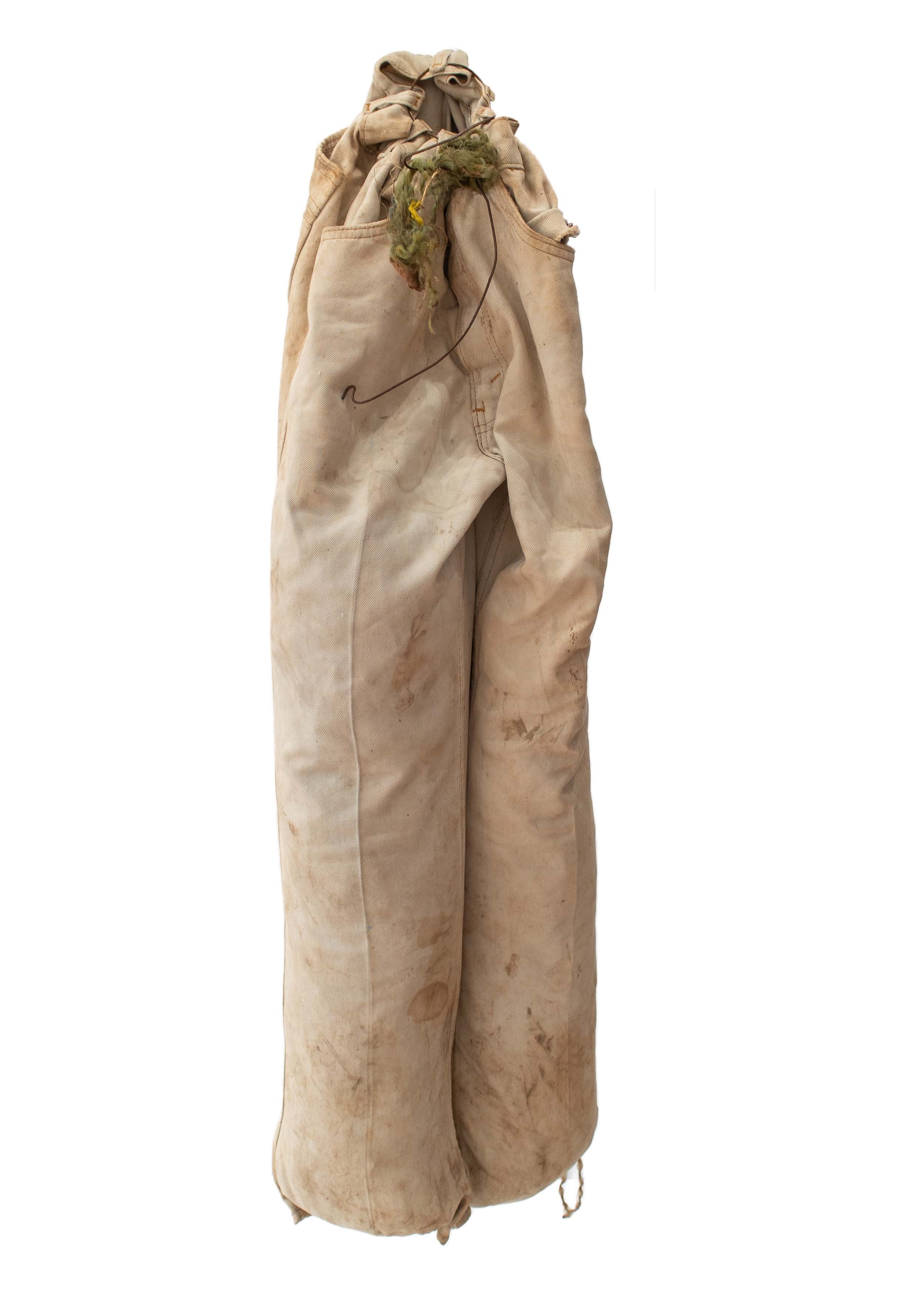
Hawkins Bolden, Untitled, 1980s, jeans, leaves, straw, grass, coat hanger, twine, 34 x 14 x 6 inches.

Hawkins Bolden, Untitled, 1980s, jeans, leaves, straw, grass, coat hanger, 40 x 15 x 6 inches.
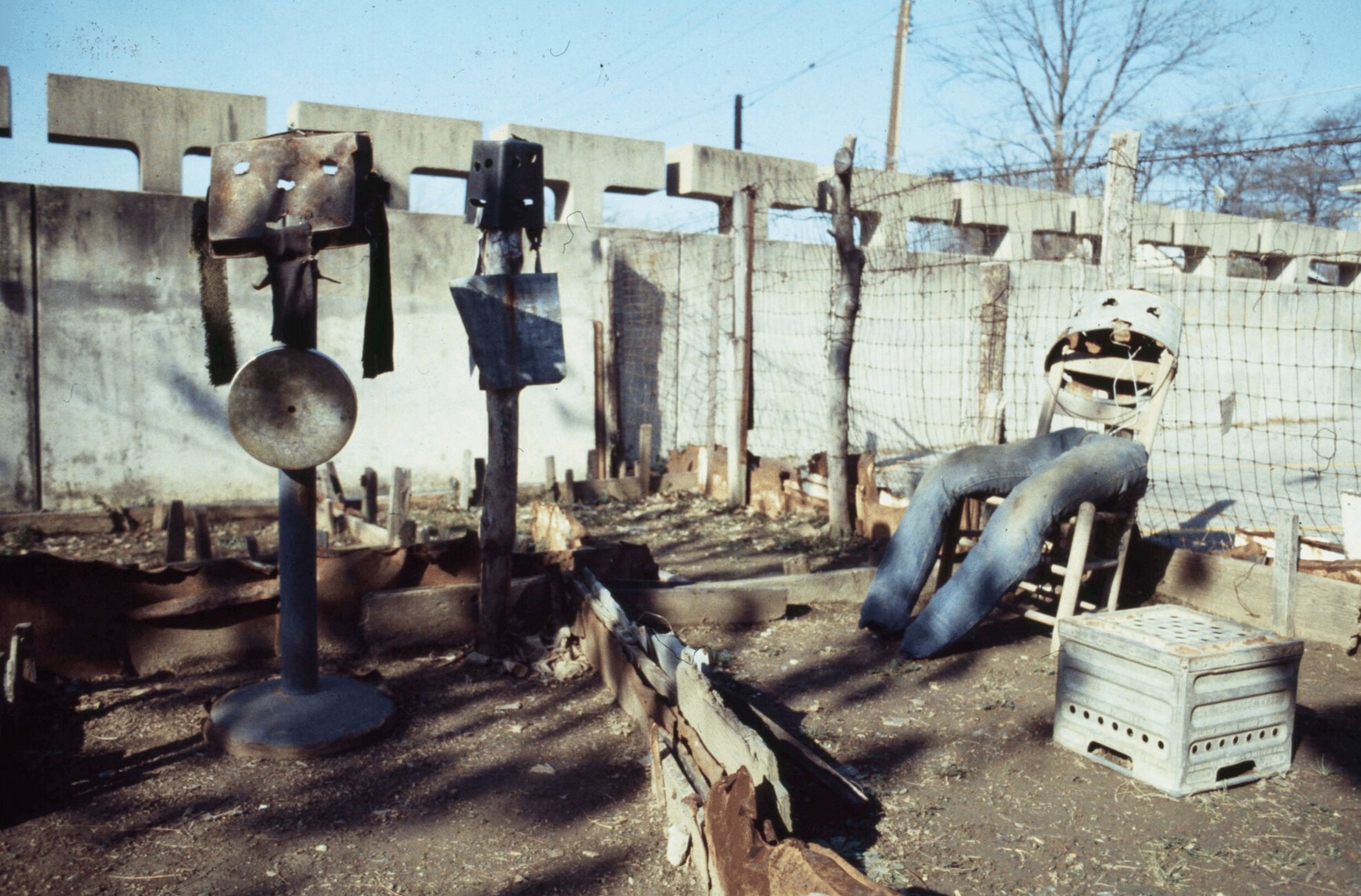
Hawkins Bolden's yard in Memphis, TN, circa 1987. Color 35mm slide. Photograph by William S. Arnett.

Hawkins Bolden's yard in Memphis, TN, circa 1987. Color 35mm slide. Photograph by William S. Arnett.
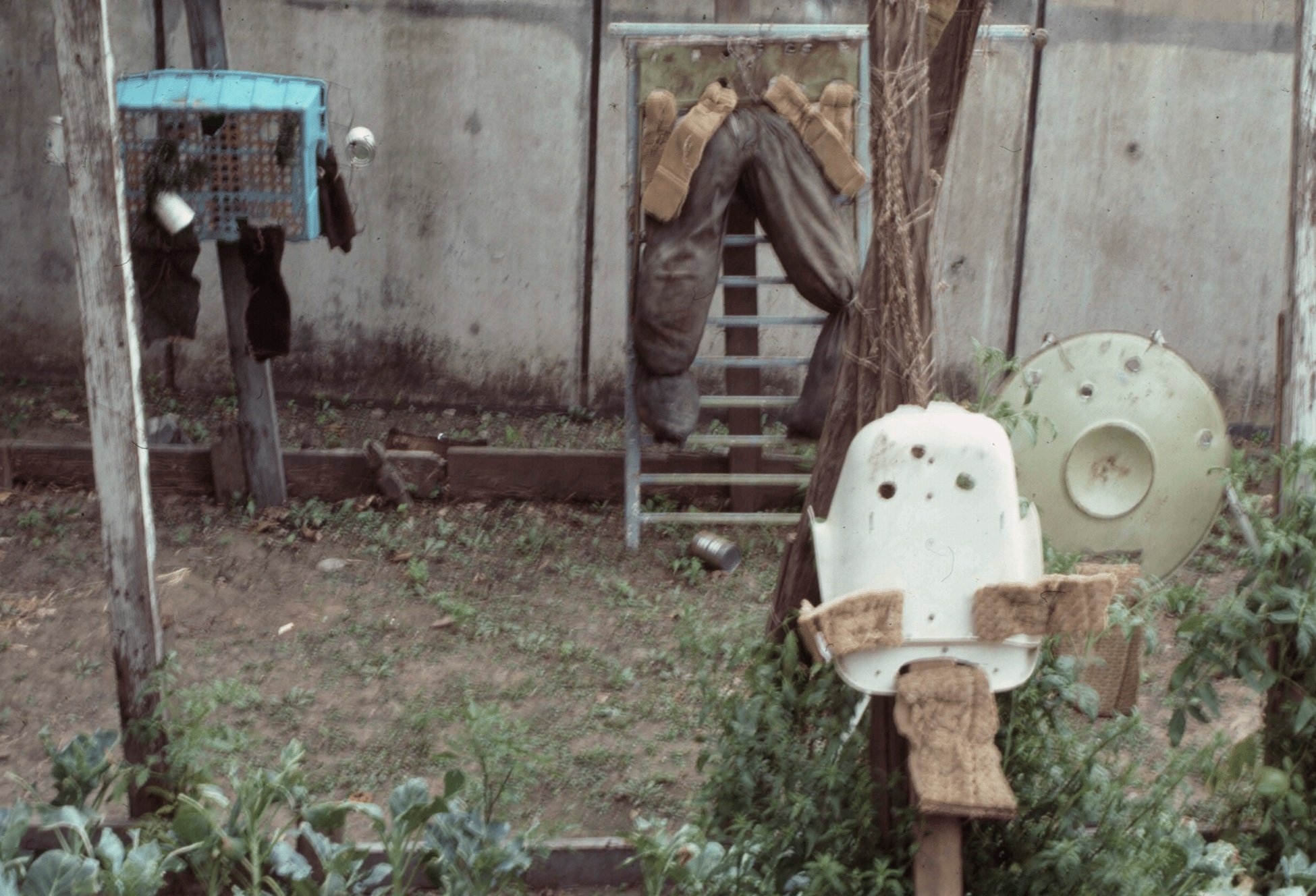
Hawkins Bolden's yard in Memphis, TN, circa 1987. Color 35mm slide. Photograph by William S. Arnett.
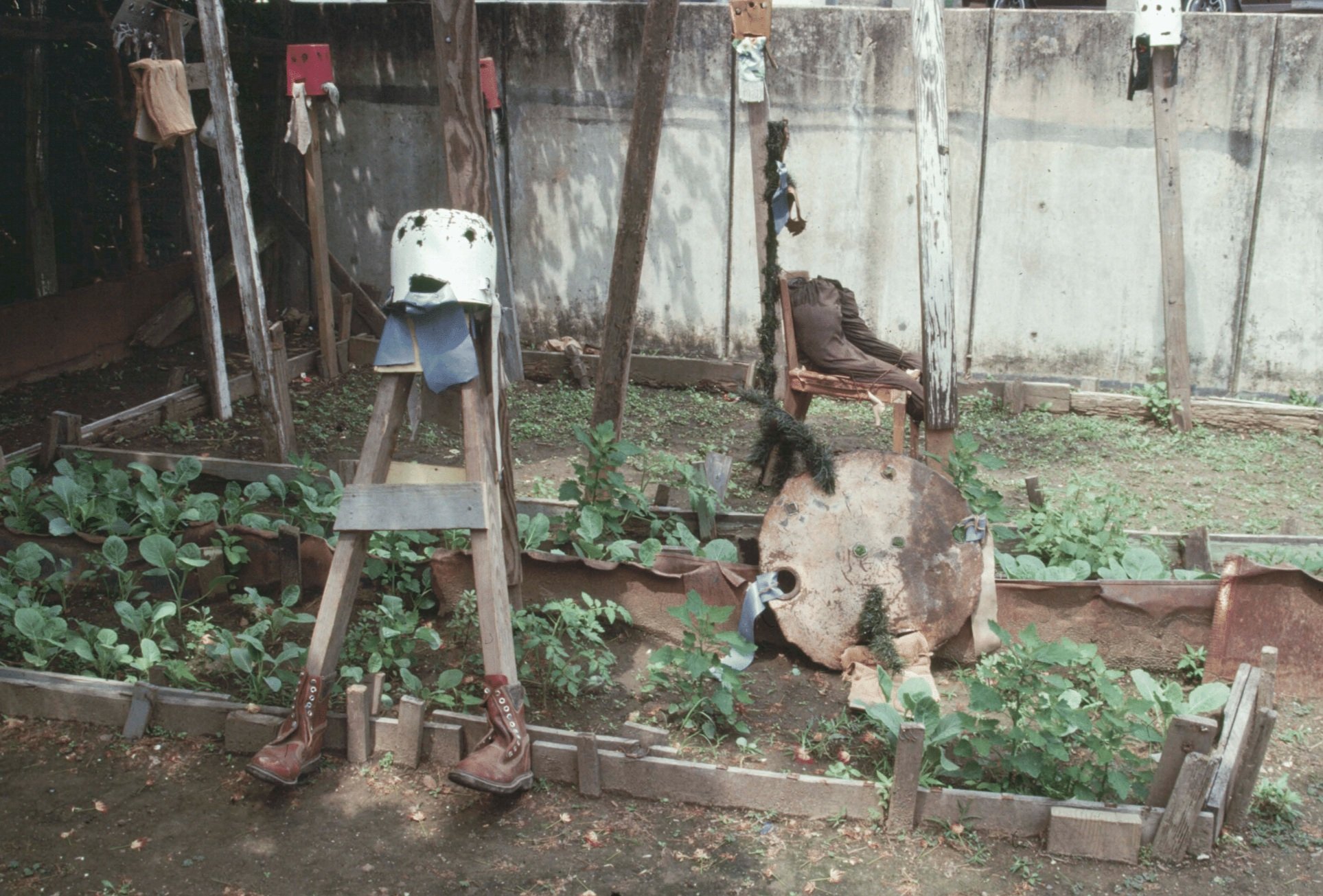
Hawkins Bolden's yard in Memphis, TN, circa 1987. Color 35mm slide. Photograph by William S. Arnett.

Hawkins Bolden's yard in Memphis, TN, circa 1987. Color 35mm slide. Photograph by William S. Arnett.
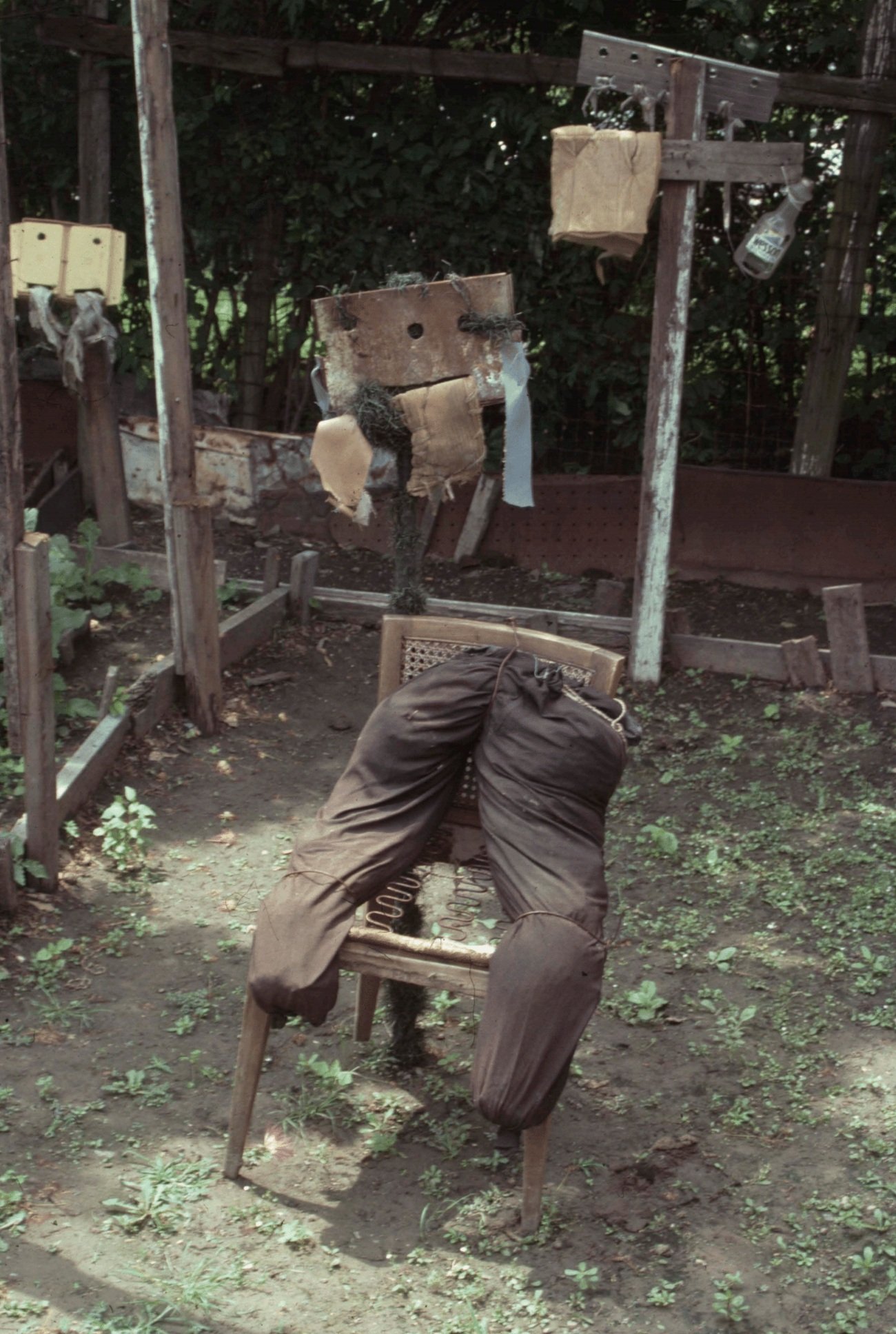
Hawkins Bolden's yard in Memphis, TN, circa 1987. Color 35mm slide. Photograph by William S. Arnett.
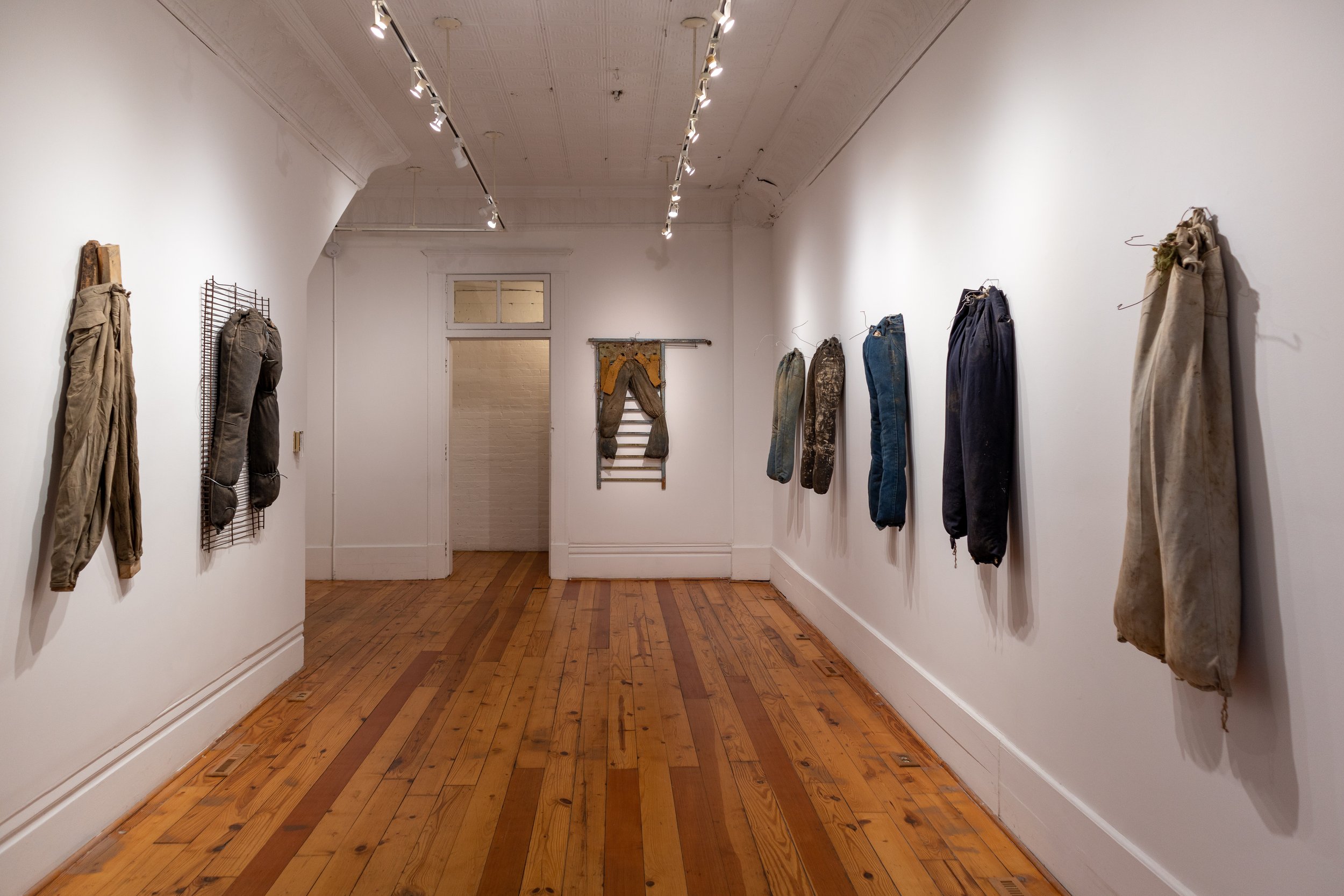
Installation view, photo by Josh Porter

Installation view, photo by Josh Porter
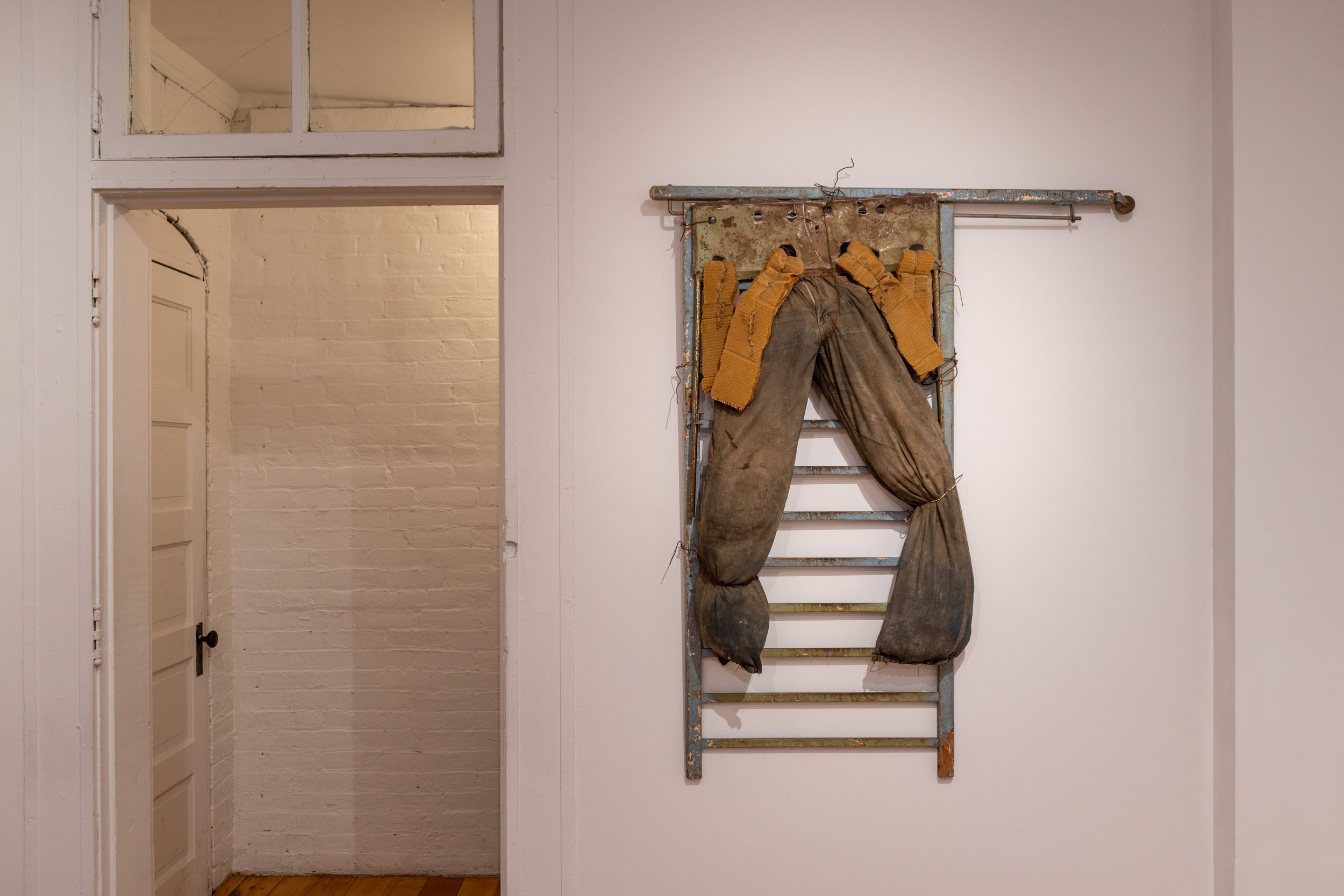
Installation view, photo by Josh Porter
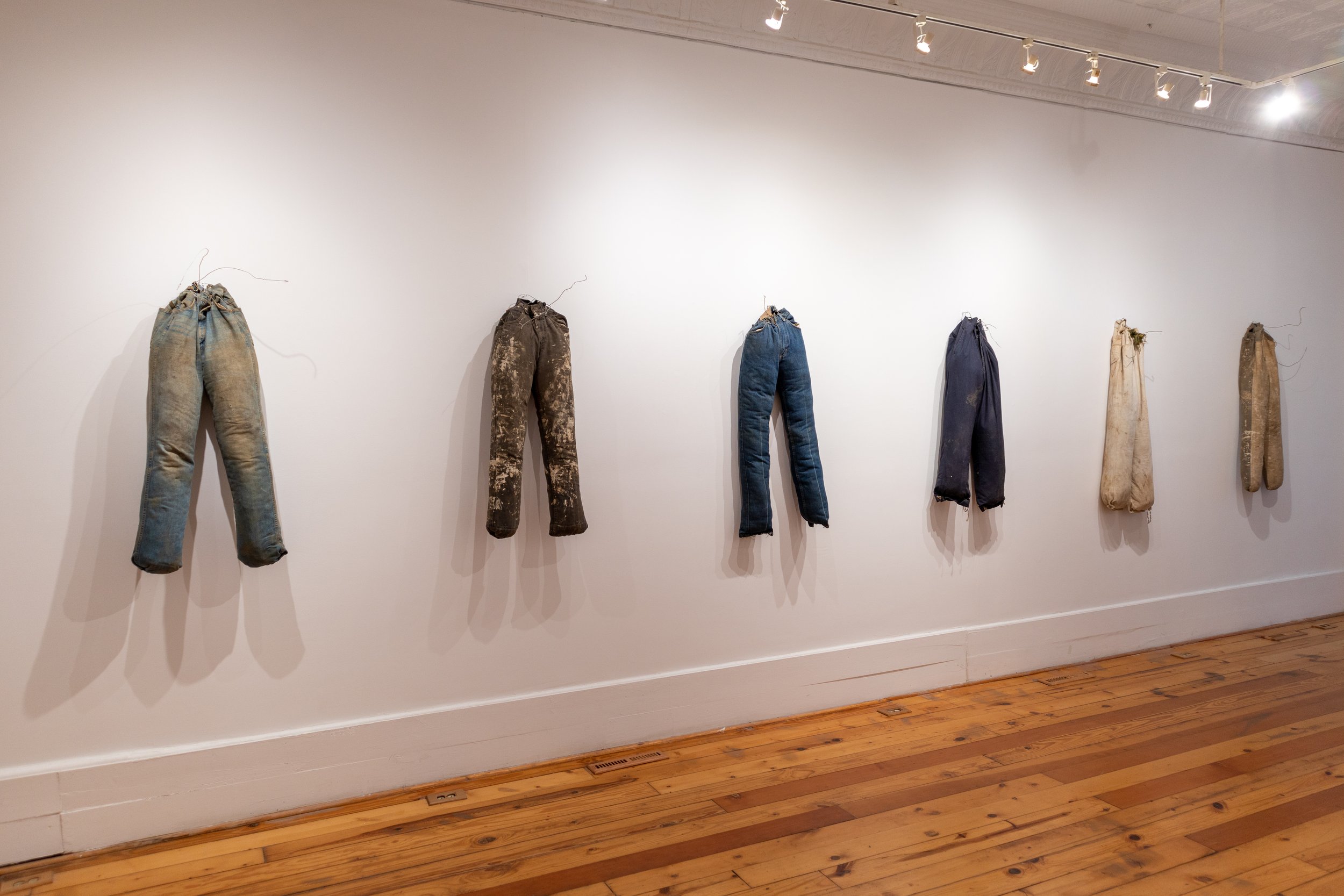
Installation view, photo by Josh Porter
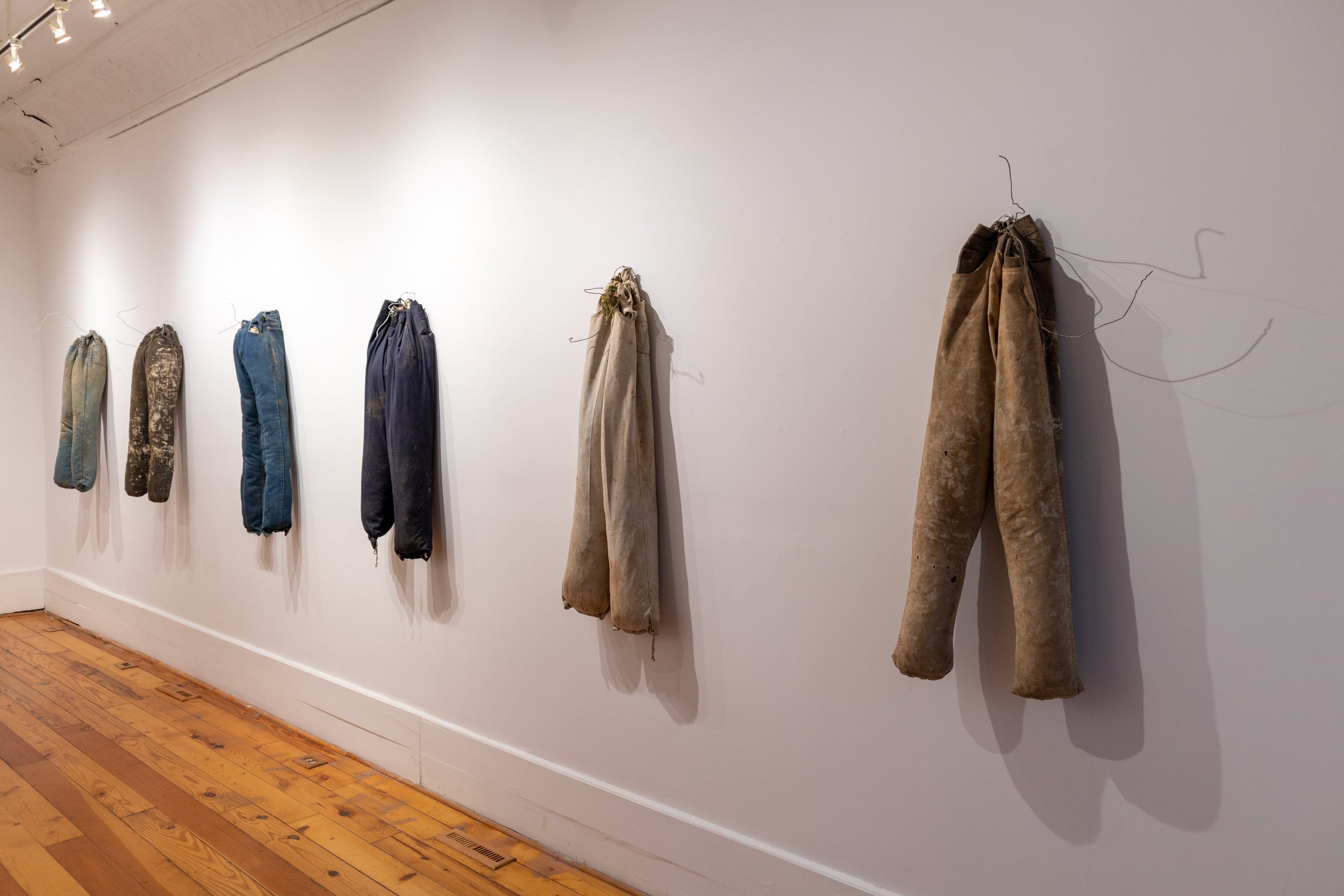
Installation view, photo by Josh Porter
